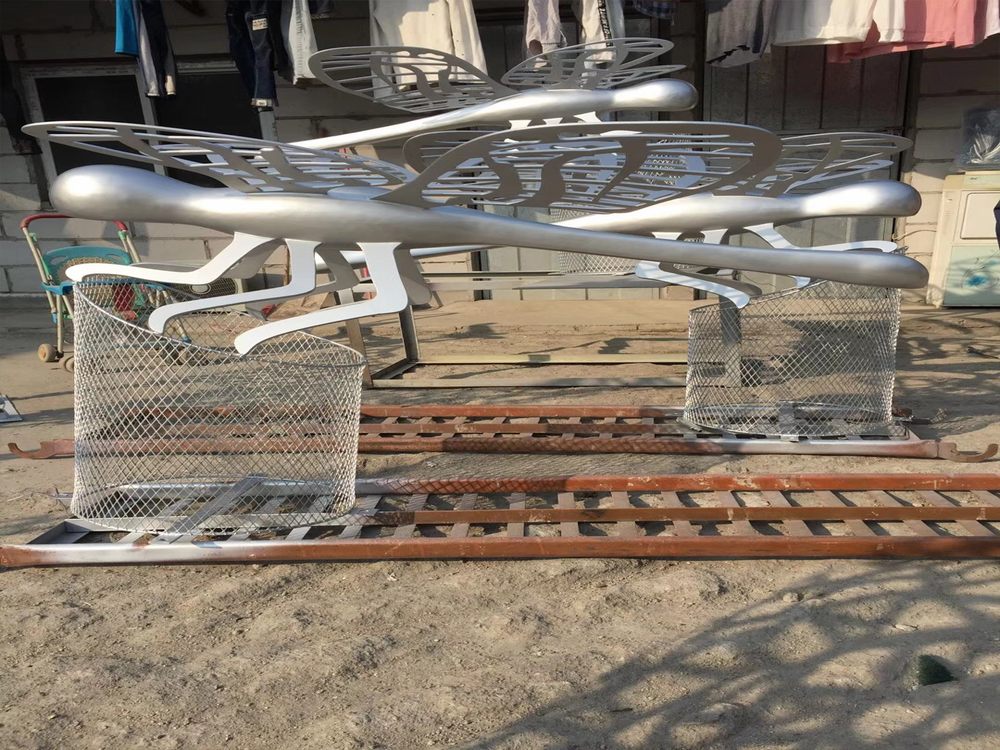
Metal sculptures are more than just visual art—they play a significant role in shaping the acoustics of performance and event spaces. Their reflective surfaces interact with sound waves, altering how audio is perceived by audiences.
The density and shape of metal sculptures determine their acoustic impact. Smooth, curved surfaces diffuse sound evenly, reducing echoes and creating a balanced auditory environment. Angular or jagged designs, however, may scatter sound unpredictably, adding a dynamic texture to performances.
In large venues, strategically placed metal sculptures can enhance sound projection. Their reflective properties help direct audio toward audiences, ensuring clarity even in expansive spaces. Some modern concert halls incorporate sculptural elements specifically for this purpose, blending aesthetics with functionality.
Artists and acousticians sometimes collaborate to create sculptures that serve dual purposes—visual centerpieces and acoustic modifiers. These installations can be tuned to specific frequencies, subtly enhancing musical performances or speech intelligibility.
The interaction between metal sculptures and acoustics opens creative possibilities for event designers. By considering both visual and auditory effects, they can craft immersive experiences where art and sound work in harmony.

